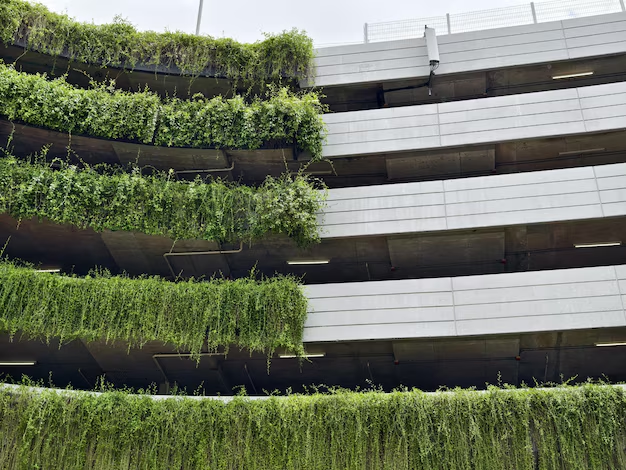Transform Your Outdoors: Sustainable Landscaping Ideas to Elevate Your Home
Embracing sustainable landscaping means more than just adding a few plants to your yard. It’s about creating an ecosystem that breathes life into your outdoor space while supporting the environment. Not only does this approach help in conserving resources and reducing waste, but it also imbues your home with a sense of harmony with nature. Here are some innovative ideas to start your journey toward a greener garden.
Embrace Native Plants
Choosing native plants is one of the simplest ways to create a sustainable landscape. These plants are naturally adapted to the local climate and soil conditions, reducing the need for fertilizers and pesticides. Native flora like coneflowers, asters, or switchgrass can significantly lower water consumption and maintenance efforts, creating a habitat that supports local wildlife as well.
Design Efficient Irrigation Systems
An efficient irrigation system is essential for water conservation. Consider installing drip irrigation instead of conventional sprinklers. These systems target specific areas, avoiding wasteful evaporation and runoff. If possible, incorporate a rainwater collection system to harness nature's bounty and further reduce your water footprint.
Opt for Permeable Paving
Permeable paving materials, such as gravel or permeable concrete, allow rainwater to seep back into the ground rather than flooding storm drains. This not only reduces runoff but also helps recharge local aquifers. As a homeowner, selecting permeable solutions for pathways and driveways supports local water systems.
Implement Organic Practices
Forgo chemical fertilizers and pesticides in favor of organic solutions. Composting kitchen and yard waste reduces reliance on artificial fertilizers, enriches the soil, and minimizes waste sent to landfills. Additionally, organic pest control methods involve using beneficial insects or natural deterrents, keeping your landscape healthier and more resilient.
Create Wildlife Habitats
Incorporate features that attract pollinators, such as bees and butterflies, as well as birds. By planting a mix of flowering plants that bloom in different seasons, you can assure year-round attraction for wildlife. A water feature, such as a small pond or birdbath, also provides much-needed resources for animals, contributing to biodiversity.
Sustainable Hardscape Materials
When embarking on any hardscaping projects, select sustainable materials. Recycled or reclaimed stones, bricks, and wood not only give a distinct character to your landscape but also reduce environmental impact. Align your selections with eco-friendly suppliers who minimize transportation emissions and resource depletion.
Unlock Financial and Educational Resources to Support Your Landscaping Goals
Making the shift to sustainable landscaping can seem daunting, especially financially. Several resources and programs are available to ease the transition:
- 🌿 Government Rebates: Explore programs that offer rebates for installing water-saving irrigation systems or replacing grass with drought-tolerant plants.
- 🏡 Local Grants: Check with local environmental organizations that may offer grants for eco-friendly landscaping projects.
- 📚 Educational Workshops: Many community centers and universities offer workshops on sustainable landscaping, often at little or no cost.
- 💳 Credit Solutions: Some banks offer green loans or credits specifically designed for environmentally friendly home projects.
By tapping into these resources, you not only make a positive impact on the environment but also potentially enhance the value and enjoyment of your home without breaking the bank. Sustainable landscaping is a commitment to future generations and a fulfilling personal project—a way to ensure your home harmonizes beautifully with the planet. 🌎🌱
